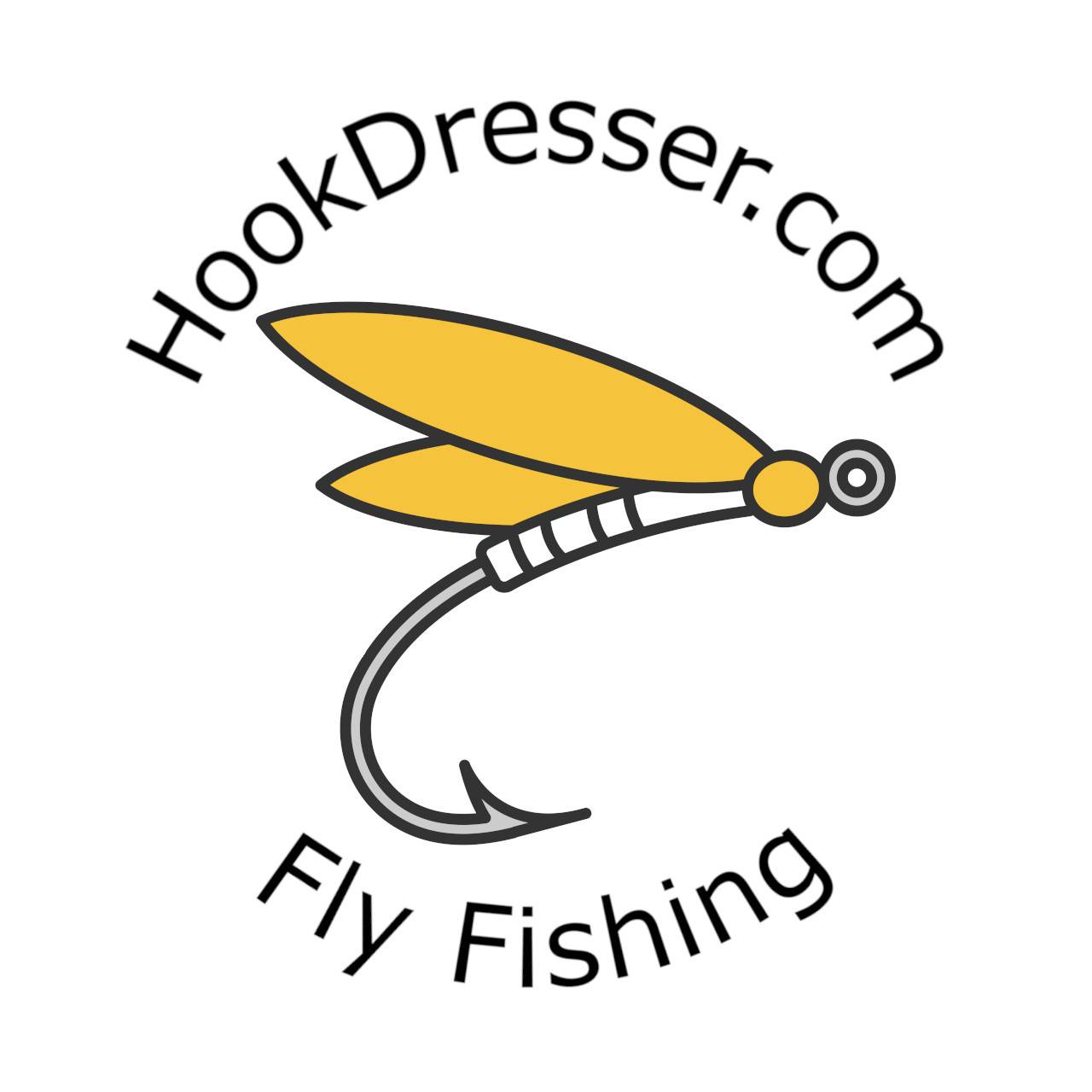Have you ever wondered which flies were so effective at catching fish they had to be banned?
Whether you are looking for a killer fly to catch more fish or out fish other fly fishermen at competitions, there are several flies that have been banned due to their popularity among the trout.
Over the years several trout fly patterns have been banned from competitions as well as from fisheries.
When fishing competitions or trying out a new fishery, it is advisable to check up on which, if any, flies are banned from being fished there.
In this article, I will outline which flies have been banned from fisheries or competitions in the past as well as why they have been banned. If you design your own fly patterns, perhaps you can add some of these principles into designing you own fly.
You never know, it may become the next killer fly and if it is successful enough, may even be next on the list of banned flies.
Why Are Trout Flies Banned?
There are several reasons why a fly may be banned at a reservoir or competition.
The booby fly was banned as some fly fishermen fished the fly statically on a sinking line. This is done by fishing a short leader with a sinking line. The sinking line is then allowed to sink. The booby sits higher than the sinking line in the water and moves around naturally in the current.
This method of fishing can make it difficult for the fly fisher to feel bites. Sometimes this results in the trout swallowing the fly and becoming deeply hooked. This makes the fish difficult to unhook regardless of whether it is going to be dispatched and taken home.
Some fisheries have banned booby flies even if they are not fished in a static manner.
Other flies are banned simply because they are so popular with the trout. Fisheries stock trout and don’t want too many trout to be taken as it will eat into their profits. This results in effective trout killers eventually becoming banned.
What Trout Flies are Banned?
Alexander Fly
With the first banning of a trout fly dating back to the 1800s, the banning of flies from certain fisheries is nothing new.
One of the first recorded trout flies to be banned is the Alexander fly pattern. The Alexandra fly was first named “Lady of the Lake” but later renamed as Alexandra. It is a lure fly imitating small fry.
The fly pattern works well as for both trout as well as sea trout. It is best fished with sharp irregular pulls as a retrieve.
Booby Fly
The first booby flies were originally designed to imitate emerging insects. The foam eyes were added to the insect patterns to imitate the air bubbles most aquatic insects use to help ascend to the surface.
Although the first booby flies were designed to represent emerging insects, the pattern changed to what is now thought of a booby fly – a brightly colored lure with a fritz body and a marabou tail.
Foam booby eyes can be added to any traditional trout fly pattern including damsels, leeches, nymphs and lures.
Mop Fly
Ever since the mop fly came on to the fly fishing scene it has been subjected to ridicule. Despite the mockery the mop fly has had to endure many a fly fisherman has had to concede that it is an effective fly.
The fly was developed by Jim Estes who used pieces of mops. The pattern was so popular among the trout he gave a few flies to his stepson who was a competition angler.
Even though mop fly is not the most natural looking fly, it is easy to see it resembles a grub or maggot.
To tie a mop fly, add a bead head to a hook and tie in a piece from a strand of mop or bathroom rug. Most colors will catch trout. White, chartreuse, and pink are firm favourites.
You can also add a hot head behind the bead by adding a section of ice dubbing.
Squirmy Wormy
The squirmy wormy looks like a San Juan Worm. The differentiating factor between the two fly patterns is the material used in creating the body of the fly.
The squirmy wormy uses a long piece of silicone whereas the San Juan Worm uses a piece of chenille.
To tie a squirmy wormy, simply tie in a strand of silicone to the hook ensuring a section of silicone sticks out from the back and another section stick out past the eye of the hook.
You can also adapt the pattern by adding a bead head to the fly or only giving the fly a tail with no section coming past the eye of the hook.
The squirmy wormy pattern can be fished like a worm fly or like a nymph.
